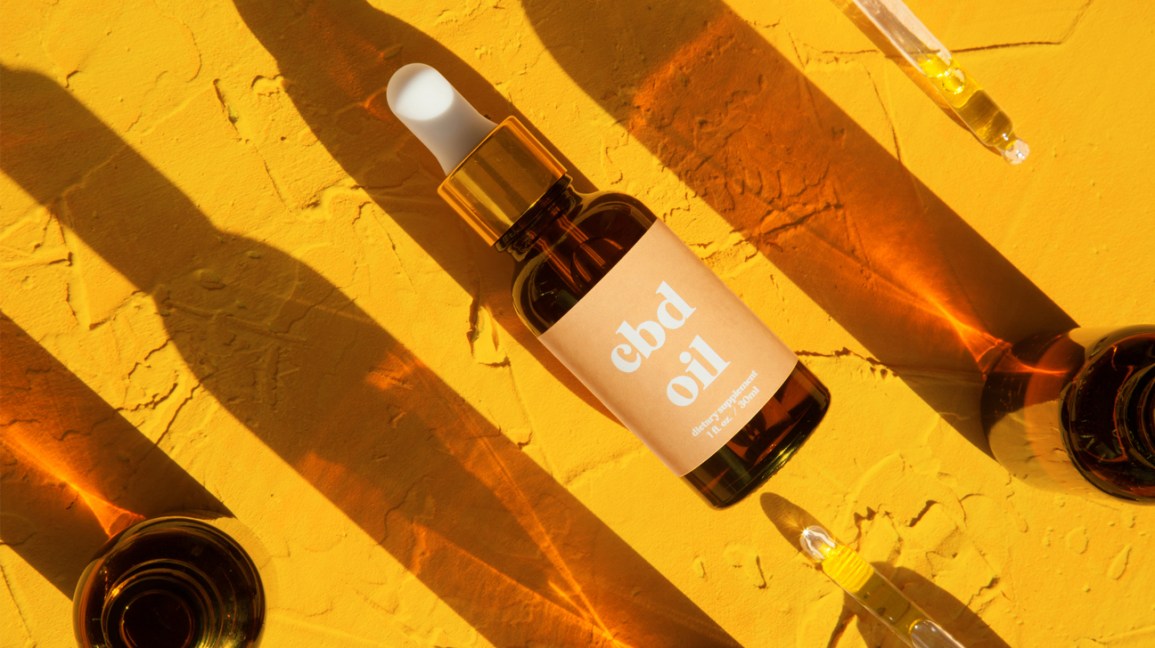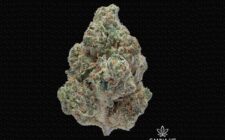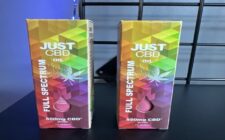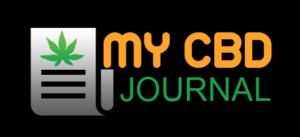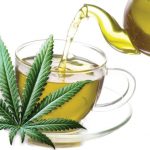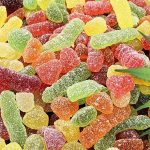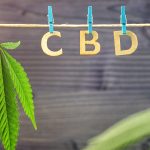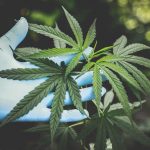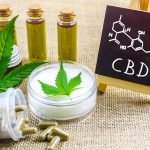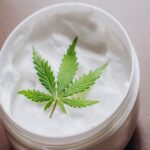CBD — perhaps you’ve heard of it? JK, you’ve definitely heard of it. You probably can’t go anywhere these days without seeing cannabidiol — commonly called CBD — products all over the shelves.
How’d it suddenly get so popular? Well, it’s been reported to have a ton of health and wellness benefits (anxiety relief and better sleep, anyone?). CBD products are cannabis-based, but because they contain little to no THC, they don’t get you high.
If you’re new to CBD, understanding the available products and their dosages can be overwhelming. You may have no idea where to start, what to buy, or how to find your ideal dose of CBD for anxiety.
Don’t worry — we’ve got you covered! Here’s everything you need to know about taking CBD for the first time.
Eat, vape, smoke, and slather: Choose your CBD
There are lots of ways you can get CBD into your system, so the first thing you’ll need to decide is how you’ll consume it.
Smoking
Inhalation is the quickest way to get CBD into your bloodstream. If your state has legalized cannabis or has CBD-only dispensaries, you may be able to find CBD flower or “bud” with little to no THC.
Vaping
If smoking isn’t your jam, CBD vapes are also fast-acting and offer a legit advantage in convenience and discretion. However! Be super-duper diligent about buying vaping products from a legal dispensary.
Black market vapes have been found to contain stuff you shouldn’t be inhaling, like vitamin E acetate. (And let us be clear: Vaping is still bad for your lungs.)
Oils and tinctures
If you thought oils and tinctures were the same thing, guess again:
Oils tend to be more concentrated with CBD (i.e., more potent) and may have a weedy taste.
Tinctures are alcohol-based, less potent, and the better-tasting of the two. They may be mixed with other herbs and flavorings.
Both products work by sublingual absorption (sub-what?). That means if you hold the liquid under your tongue for a bit before swallowing, some CBD will absorb through the membranes in your mouth. That makes it enter your bloodstream more quickly.
Edibles, candies, and drinks
The vast array of CBD capsules, CBD edibles, and CBD-infused drinks (hello, CBD coffee!) work similarly. They travel through your digestive system and start getting absorbed 30 minutes to 2 hours after you’ve swallowed them.
Creams, lotions, bath bombs, and lube
Yep, you read that right — lube! Topical CBD refers to creams, ointments, and lotions. These may be a good choice for localized pain and inflammation, while transdermal patches may deliver more of a sustained, long-term release.
Bath bombs are trending right now, with plenty of happy bathers claiming that soaking in a tub infused with CBD kick-starts a deep, full-body relaxation. And there are even CBD lubes that may help ease pain and get you in the mood.
How much CBD should I take?
Here’s the most important rule when it comes to cannabis: Start low and go slow.
If you’re smoking or vaping CBD, it’s hard to measure your intake in milligrams. But the nice thing about inhalation is that you get pretty instantaneous feedback. If a couple puffs on a CBD vape leaves you feeling relaxed but not too relaxed, that’s probably your happy spot.
Everyone responds to CBD differently. “There’s no such thing as a standard dose of CBD, given that it’s being used… by many people for many different conditions,” says Martin A. Lee, founder of Project CBD.
The different varieties of CBD may also require different dosages. For instance, you may need to take more of a CBD-only isolate compared to a full-spectrum product. If your stuff is CBD-only, Lee recommends 25 milligrams to start. You can always go up or down from there.
If you’re lucky enough to live somewhere with full cannabis access, you can get your feet wet with a lower dose of a full-spectrum CBD. Try 5 milligrams and titrate up (that is, adjust) by 5 more milligrams every couple of days.
Continue increasing your dose until you get the maximum benefit. If you notice any unwanted response to CBD (such as dizziness), reduce your intake.
What you’re shooting for is a minimum effective dose — the sweet spot on the bell curve where you’re taking the most helpful quantity without overdoing it or breaking the bank. (Seriously, have you checked the price tags on high quality CBD products lately?)
It takes a little trial and error to find your ideal dose. But the good news is that most people tolerate CBD well, even in large quantities. Side effects of CBD, if any, tend to be diarrhea, appetite changes, and too much sedation (i.e., the inspiration for those very exaggerated PSAs from middle school).

